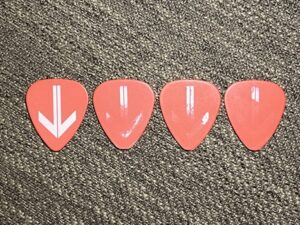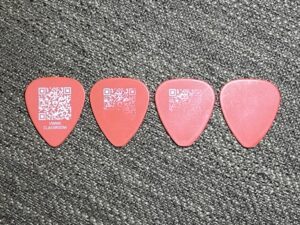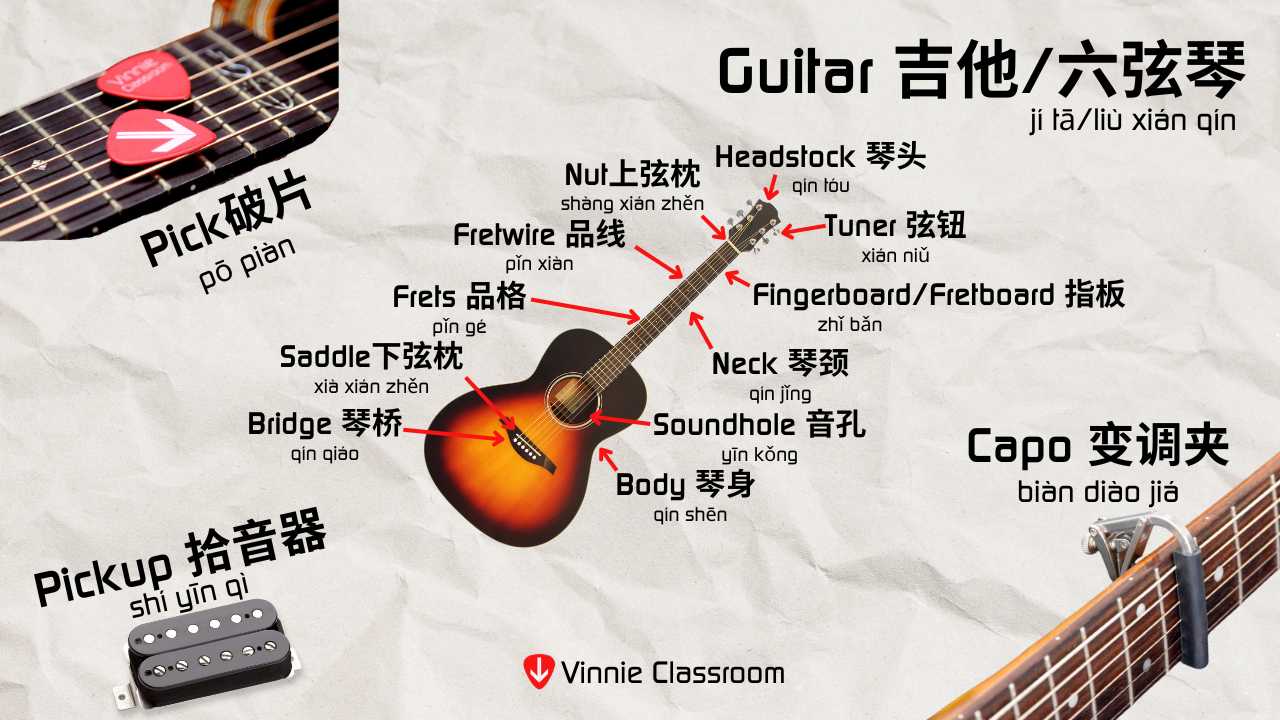
How to survive as a Music School in Singapore
Running a small music school in Singapore is no easy feat! Especially with the country’s famously high rental prices and rising operational costs. At Vinnie Classroom, we’ve faced challenges like rental hikes, increasing cost of living, and the ongoing difficulty of hiring qualified music instructors. Many assumed we wouldn’t last, but over the past decade, we’ve continued to grow and adapt. In this article, I want to express my gratitude to the amazing team behind Vinnie Classroom and share how we’ve managed to keep our music school thriving in Singapore against all odds.

Our wall of past recital posters! Our heritage.

Two innocent dreamers started a music school in Singapore
For many musicians in Singapore, the idea of starting a music school isn’t all that far-fetched. It begins with a simple goal: to pass on the love and joy of music to the next generation. But behind that simplicity lies a mountain of real-world challenges. Still, Zee and I remained optimistic. Despite having no prior experience running a business, we believed we could make it work. Zee came from the financial sector, bringing strong money management skills, while I had years of experience in music schools and music retail, giving me a deep understanding of the industry. Together, we combined our strengths and set off on what would become a humble yet meaningful journey into the world of music education.
Those horrifying days of opening the doors to nobody

Yes, that was the area where we stared at our ceiling blankly.
In the early days of starting our music school, there was a long stretch where we had absolutely zero students. It was terrifying. I vividly remember one quiet afternoon when the two of us were lying on the bench in the waiting area, not speaking, not sleeping, but just staring blankly at the ceiling, completely lost. We had everything in place: lesson plans, teaching materials, studio gear, a safety system, and a beautifully renovated, cosy space ready to go. But for those who’ve never started a business from scratch, it’s hard to grasp how difficult it is to earn trust and get that first student through the door. Just as we found ourselves listening to the hum of the air conditioner, Alcinia, our very first student, walked in and asked about our drum lessons. And from that moment on, everything changed.
We learned to reinvent ourselves constantly
As our music school began to grow, we quickly realised the importance of constantly evolving and improving. Running the business as a couple meant sacrificing typical date nights for late-night brainstorming sessions. But we were committed. We always look for ways to improve. For example, listening to parent feedback. Every decision we make is driven by our goal to deliver fun, engaging, and high-quality music lessons. Over time, our dedication earned the trust of both students and parents. Many families began enrolling all their children with us, and that support continues to fuel our passion to work even harder for them.
Our first major challenge, the construction of the Thomson-East Coast MRT Line
Can you still remember COVID-19?

The COVID-19 pandemic forced many small businesses in Singapore to close, and music schools were no exception. Even with government support, consumer spending became cautious. Strict safety measures also made face-to-face music lessons impossible. While academic tuition could continue online via platforms like Zoom, music lessons faced unique challenges. Audio lag, latency, and poor camera angles made real-time instruction and demonstration difficult, if not impossible. As a result, I clearly remember the wave of students who chose to pause or stop their music lessons with us entirely during that period. I felt that it might be our time to end our dream, too.
The Silver Lining: The unwavering support of our students and their parents
 Every cloud truly has a silver lining, and for us, it’s the unwavering support of our students and their parents. Our motto has always been “Empowering the next generation through music,”. Though along the way, we’ve realised something powerful. While we aim to inspire our students, they’ve empowered us to keep going too. Over the years, we’ve had the privilege of watching many students grow from young children into teens entering National Service, university students, and even working adults. It’s an incredibly humbling experience to be part of their journey. Not just as music teachers, but as mentors they can count on. Without our students, Zee and I wouldn’t have come this far. We wouldn’t have made it through the toughest years. So if you’re a student or parent of Vinnie Classroom, thank you, from the bottom of our hearts, for believing in us all these years.
Every cloud truly has a silver lining, and for us, it’s the unwavering support of our students and their parents. Our motto has always been “Empowering the next generation through music,”. Though along the way, we’ve realised something powerful. While we aim to inspire our students, they’ve empowered us to keep going too. Over the years, we’ve had the privilege of watching many students grow from young children into teens entering National Service, university students, and even working adults. It’s an incredibly humbling experience to be part of their journey. Not just as music teachers, but as mentors they can count on. Without our students, Zee and I wouldn’t have come this far. We wouldn’t have made it through the toughest years. So if you’re a student or parent of Vinnie Classroom, thank you, from the bottom of our hearts, for believing in us all these years.
The uncertain future lies ahead
I wrote this article after seeing yet another wave of businesses around us closing down. It’s a sobering reminder never to take anything for granted. It pushes me to keep striving to offer the best music education possible to our students. At the end of the day, it’s not the modern studio, high-end gear, or impressive credentials that sustain a music school. It’s the heart behind the mission. While I’ve shared a few dramatic and challenging moments, they’re just a small part of our journey. Behind the scenes, we’ve always been working hard to grow and improve, with the hope of becoming one of the best music schools in Singapore. Whether we reach that goal or not, only time will tell. But our commitment remains stronger than ever.
“Talent wins games, but teamwork and intelligence win championships” – Michael Jordan
 If you’ve read this far, I hope it’s clear that Vinnie Classroom isn’t just about Zee and me. While we may have started the journey together, we’ve been incredibly fortunate to have an amazing team by our side. Our tightly knit team is a big part of why we’re still able to do what we love every day. Without them, this story would have unfolded very differently. So I’d like to take this moment to thank every past and present member of the Vinnie Classroom team! You know who you are, and you’ve all played a meaningful part in this journey. 😊
If you’ve read this far, I hope it’s clear that Vinnie Classroom isn’t just about Zee and me. While we may have started the journey together, we’ve been incredibly fortunate to have an amazing team by our side. Our tightly knit team is a big part of why we’re still able to do what we love every day. Without them, this story would have unfolded very differently. So I’d like to take this moment to thank every past and present member of the Vinnie Classroom team! You know who you are, and you’ve all played a meaningful part in this journey. 😊
Interested in joining the journey together? Here’s how!
Come join our family, make friends, and have fun learning music together!





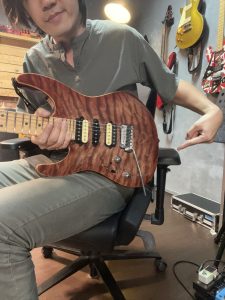

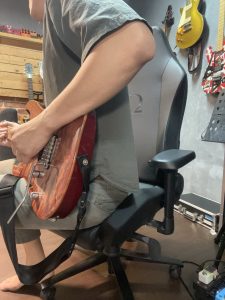














:max_bytes(150000):strip_icc():focal(149x0:151x2)/pope-francis-2-300-d772d4ce8a1f43078bff9db994495022.jpg)












 In today’s world, digital tuners have made things so convenient that many guitarists. They tune up without truly understanding why they need to tighten or loosen a string. It’s like how Singaporeans are losing their dialects, then their mother tongues—guitarists are losing their ability to hear the notes properly! If you’re interested in sharpening your ear, check out our
In today’s world, digital tuners have made things so convenient that many guitarists. They tune up without truly understanding why they need to tighten or loosen a string. It’s like how Singaporeans are losing their dialects, then their mother tongues—guitarists are losing their ability to hear the notes properly! If you’re interested in sharpening your ear, check out our 

 However, Eddie has a special way to tune the B string on his guitar. He famously tuned his B string slightly flatter so that it would sound more in tune when he plays certain harmonies. For example, in the song “Running with the devil”, the B string would hit a major 3rd note and cause a dissonant tone against the root note. The dissonant tone prompted Eddie to go against the rule and tune his B string slightly flatter so that it fits better with the root note. Here’s what Eddie said.
However, Eddie has a special way to tune the B string on his guitar. He famously tuned his B string slightly flatter so that it would sound more in tune when he plays certain harmonies. For example, in the song “Running with the devil”, the B string would hit a major 3rd note and cause a dissonant tone against the root note. The dissonant tone prompted Eddie to go against the rule and tune his B string slightly flatter so that it fits better with the root note. Here’s what Eddie said.
